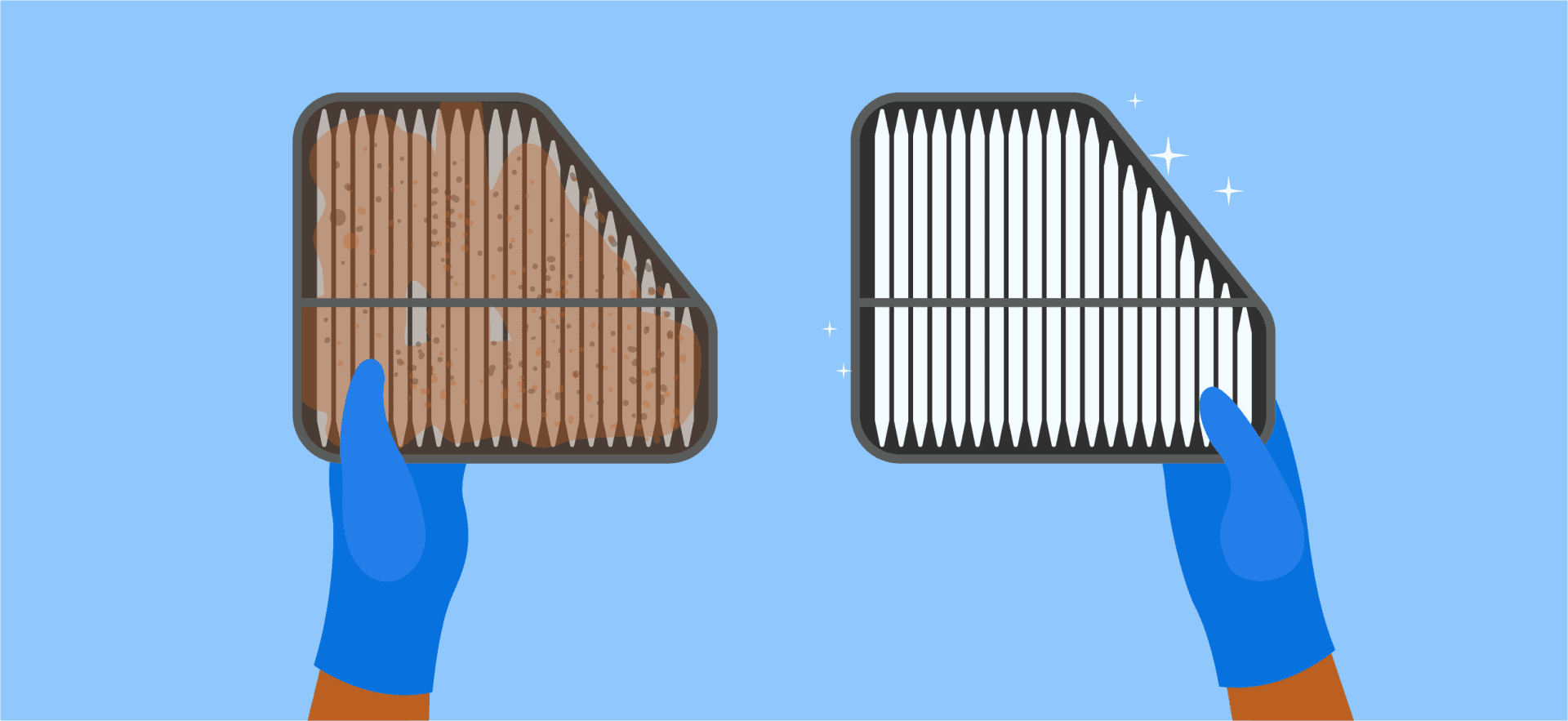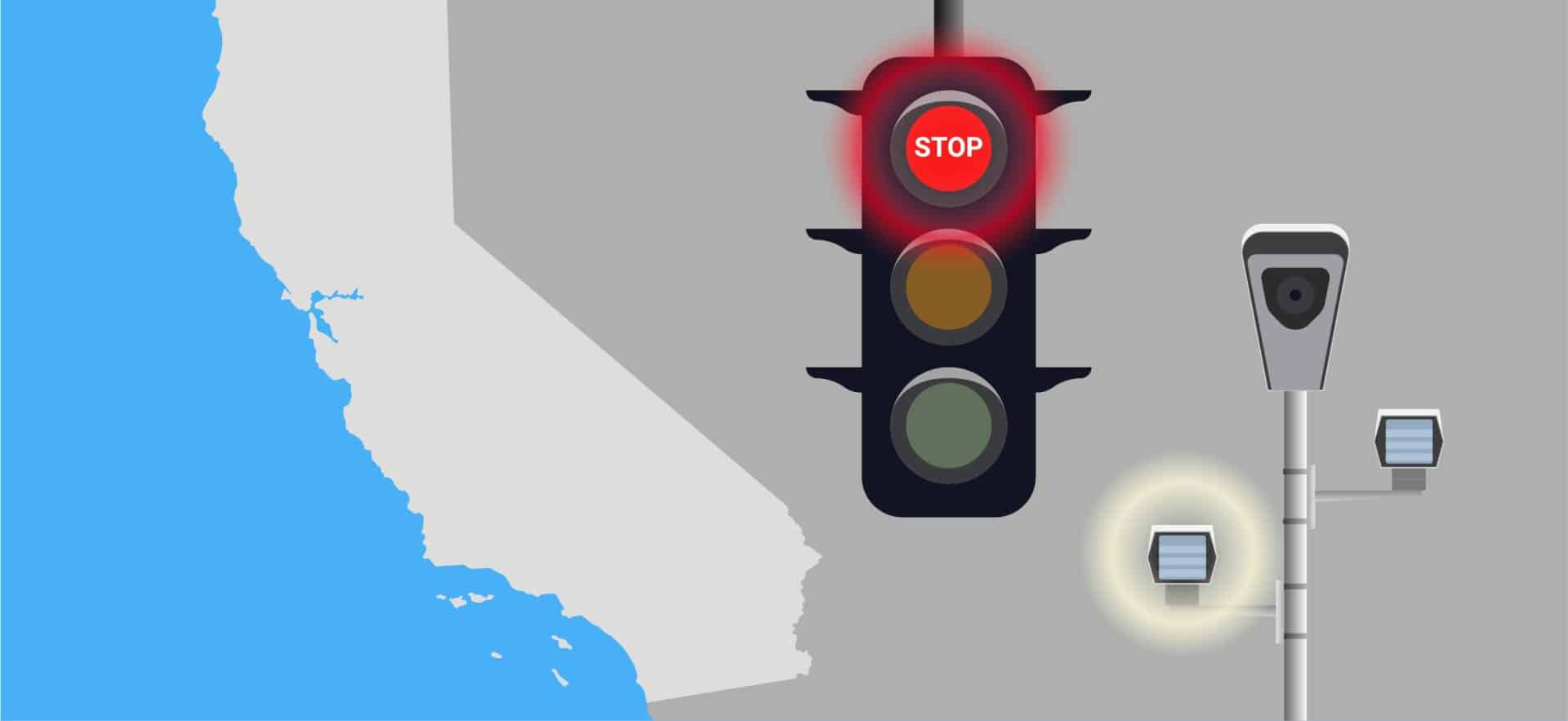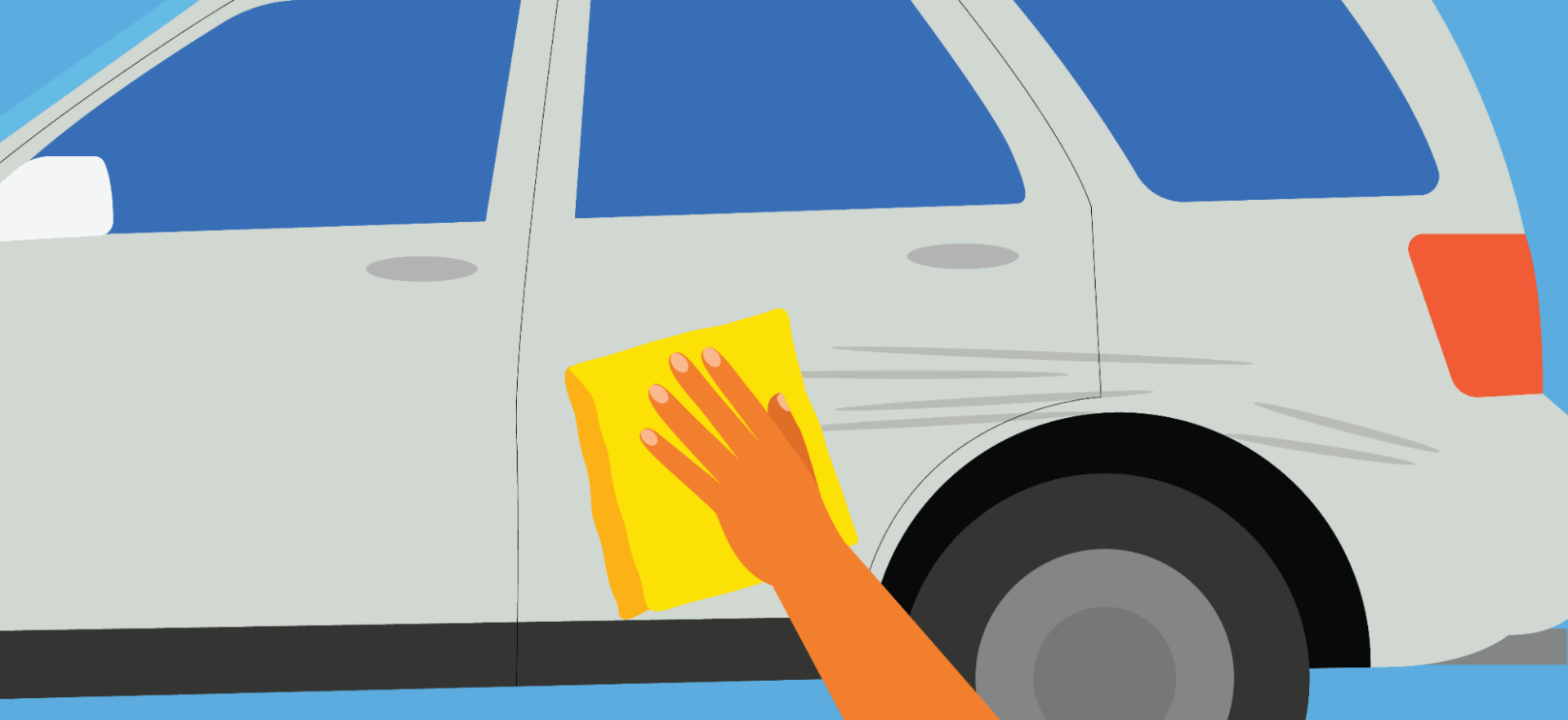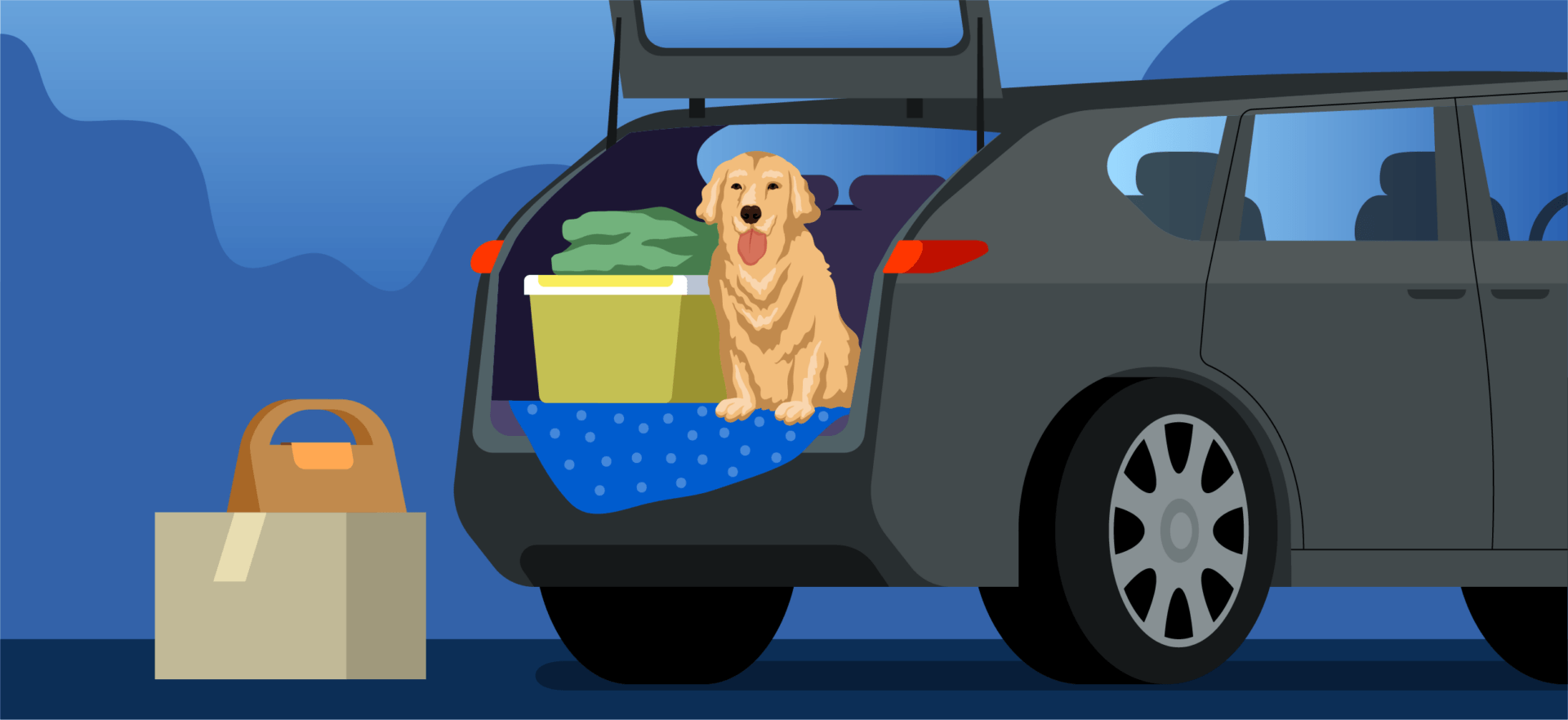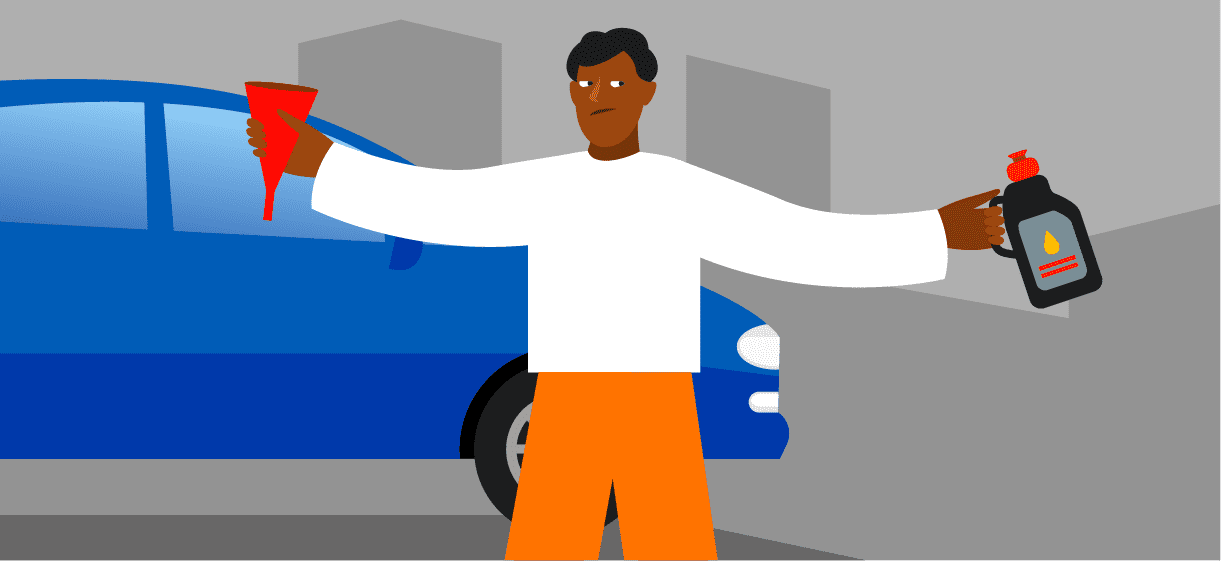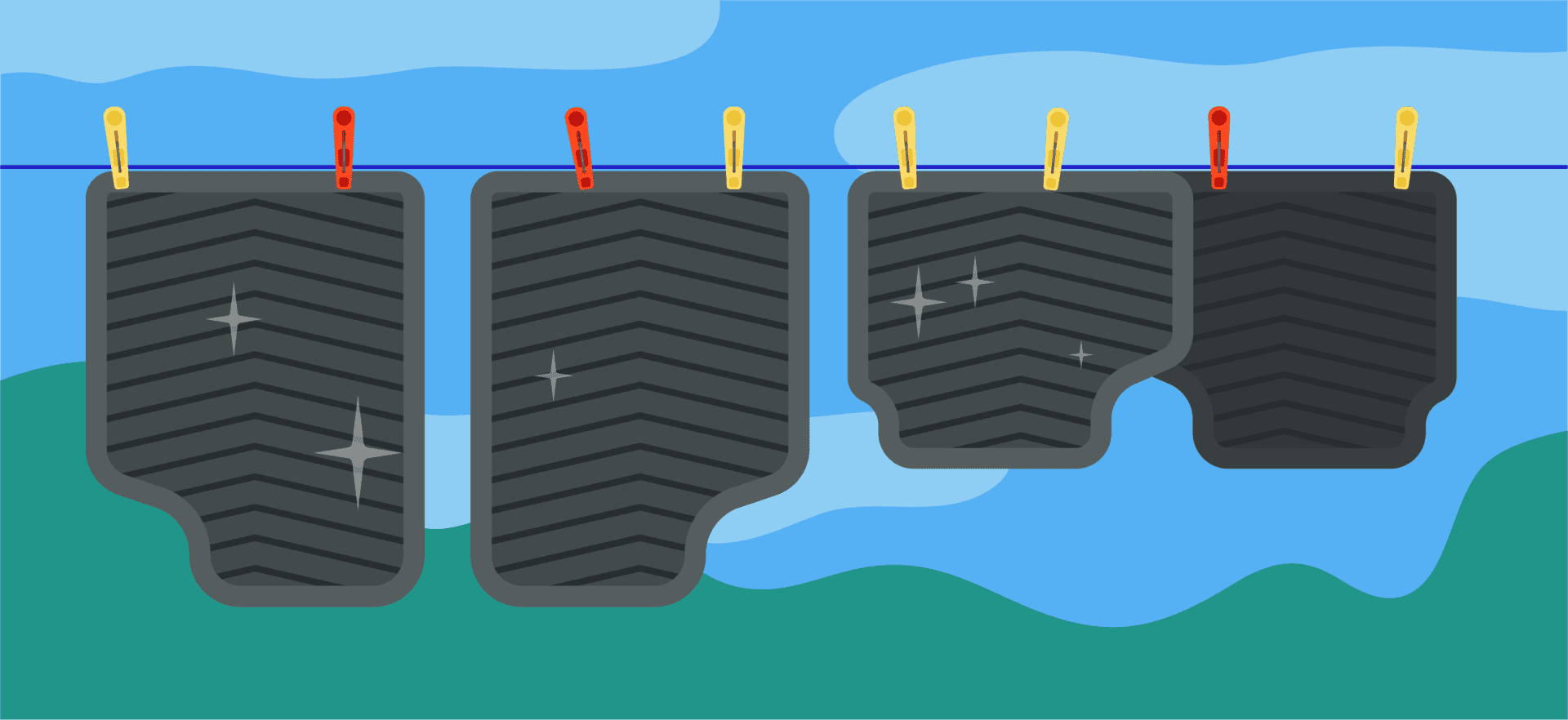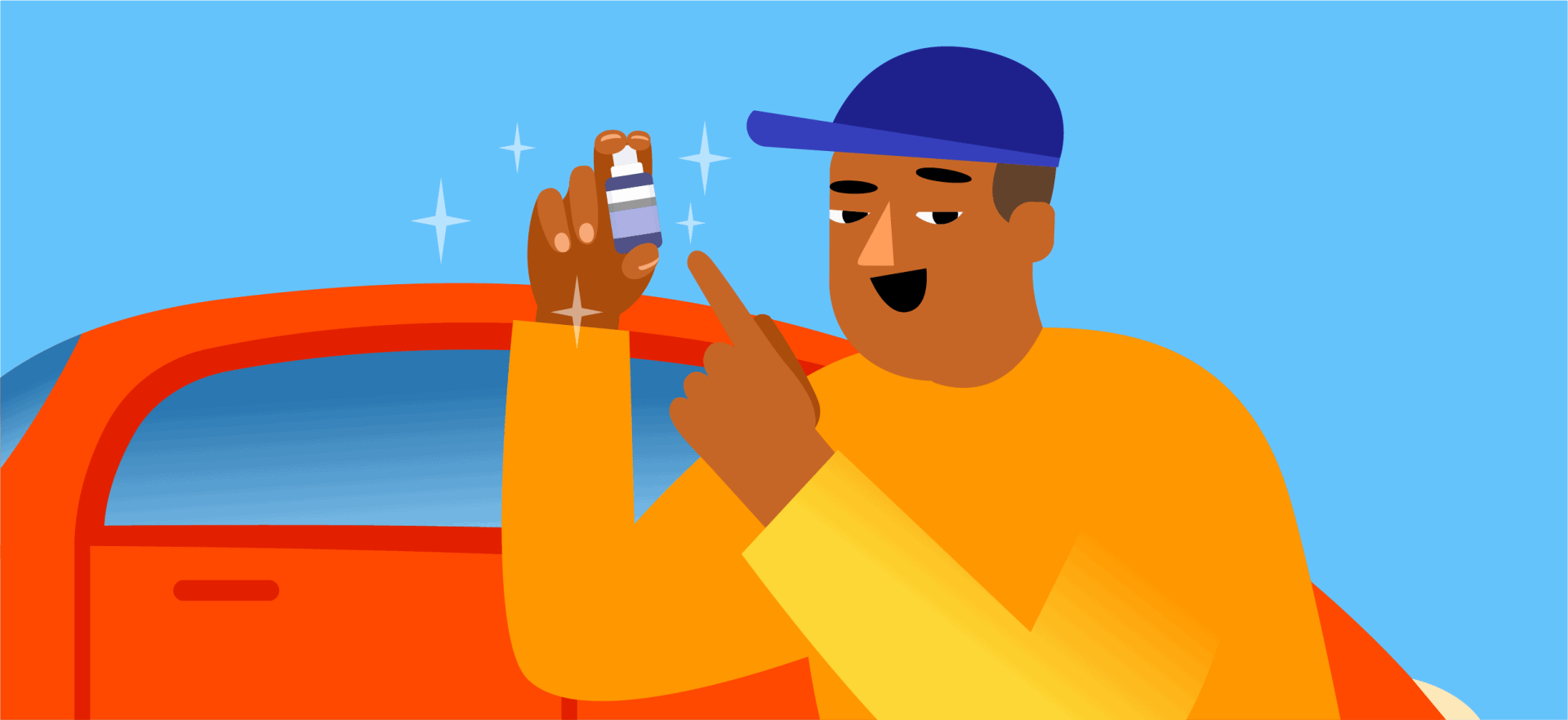While the importance of wipers cannot be overstated, understanding how to replace windshield wipers, their maintenance, and the optimal frequency for replacement is equally crucial. In this section, we’ll not only delve into the specifics of their care but also introduce products like Rain-X, enhancing your wiper’s efficacy.
The Step-by-Step Guide on How to Replace Windshield Wipers
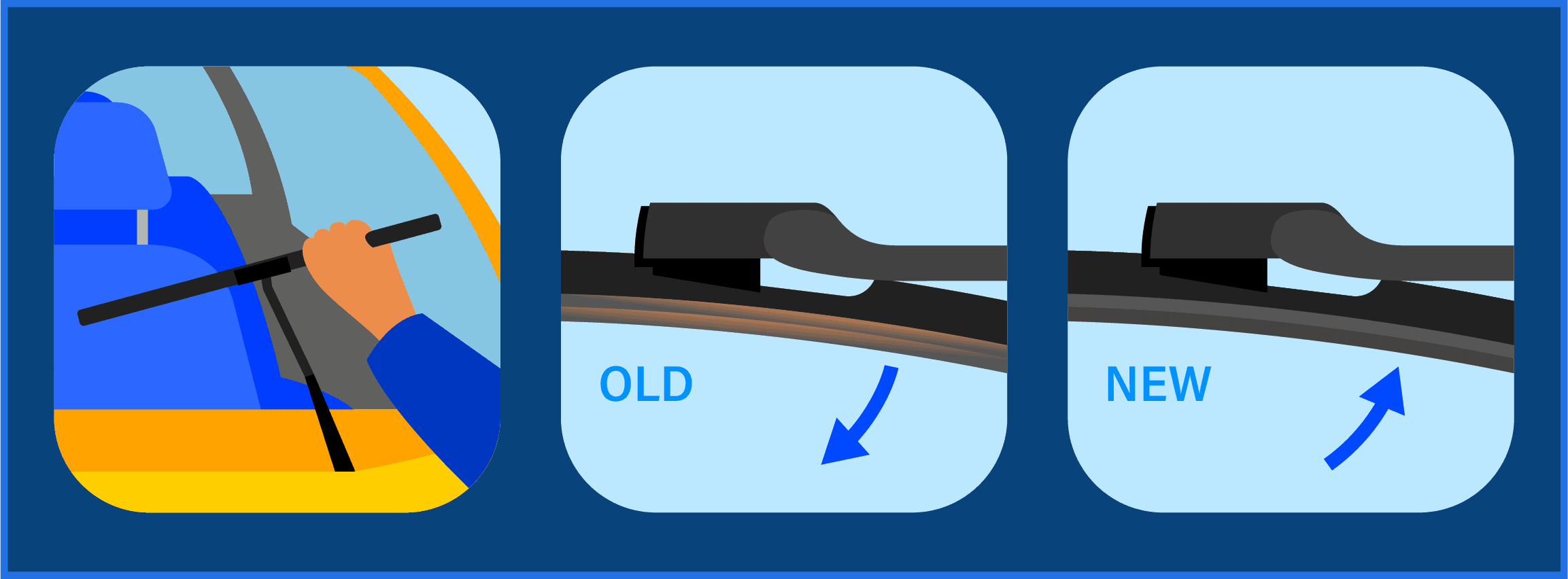
Tools You’ll Need:
- Replacement wiper blades (Ensure you buy the correct size for your vehicle)
- Car manual (for specific instructions related to your car model)
- Flathead screwdriver (optional, based on your car’s blade attachment mechanism)
- A towel or thick fabric (to protect your windshield)
How to Remove Old Windshield Wipers:
Step 1: Position the Wipers
First, turn your car on and release some wiper fluid onto the windshield. Then, turn on the wipers. As they oscillate, time it right so that when they stand vertically, you switch off the car. Carefully exit the car and pull the wiper arms outwards until they’re perpendicular to the windshield. Listen for a click – this indicates they’re locked in place.
Note: The wiper arms are spring-tensioned. To prevent accidental damage, like a cracked windshield from a snapping wiper, place a protective fabric or towel over the glass. (You can read about how to fix a cracked windshield in our piece about windshield repair.)
Step 2: Detach the Old Wiper Blades
While car manuals provide specific guidance, a general rule of thumb for most vehicles is to look for a plastic latch at the joint where the blade meets the wiper arm. Depress or slide this latch to release the blade from the hook of the arm. In certain car models, pins might secure the blade instead of a hook. In such cases, a flathead screwdriver can help you dislodge the pin.
Step 3: Attach the New Blades
After understanding the attachment mechanism from the old blades, installing the new ones should be straightforward. For each wiper arm, affix the new blade onto the hook or pin and ensure it’s secure. Finally, ease the wipers back onto the windshield.
How Often to Replace Windshield Wipers
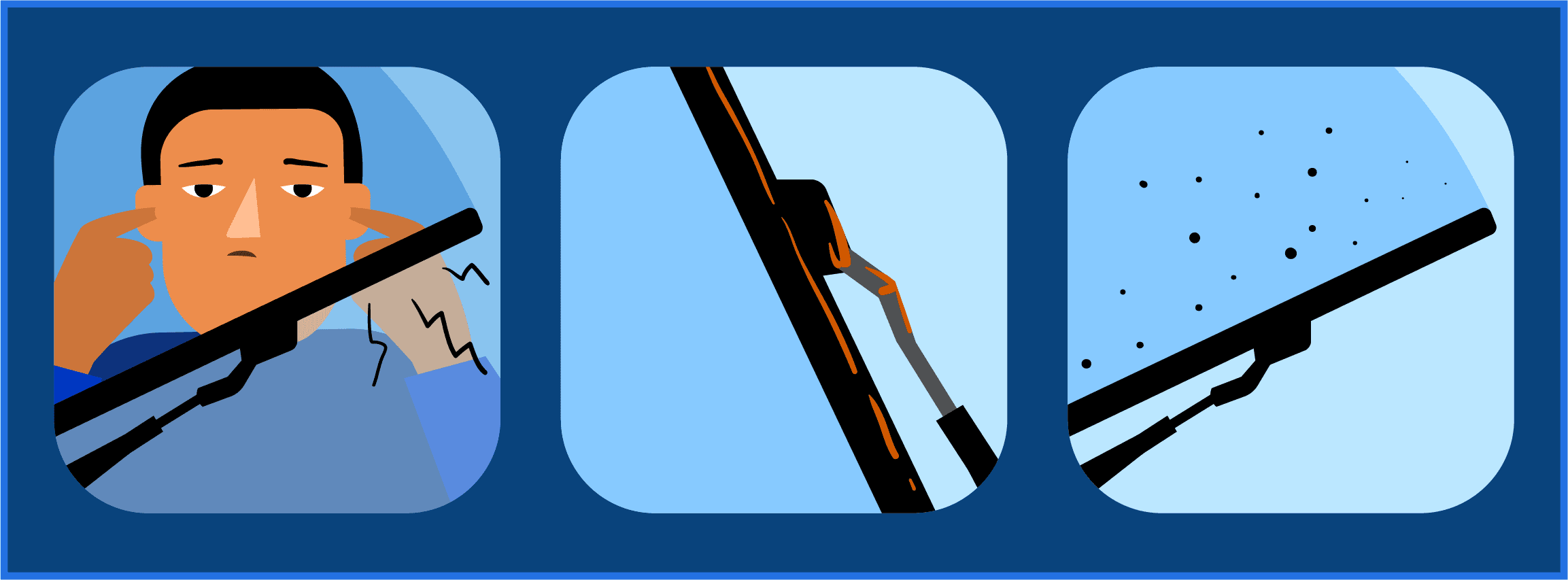
Windshield wipers serve as our first line of defense against blurred vision while driving. But when do we know they’ve served their term?
- Blurry Windshield After Wiping: As rightly noted, a prominent sign that it’s time to bid adieu to your old wipers is when the wiped area appears smeary or blurry. The once crystal-clear view now seems distorted, indicating diminished wiper efficiency.
- Audible Screeching/Chattering: A functional wiper should glide seamlessly. An unnerving noise, more often than not, indicates a bent wiper frame or the use of an inferior-quality blade. The blade should work in silence and ensure clarity, not disrupt with noise.
- Visible Corrosion on Metal Parts: Wiper frames, being metallic, are susceptible to rust. A rusted wiper doesn’t just run the risk of breaking midway but poses an imminent threat, potentially causing harm to pedestrians or other vehicles.
- Evident Wear and Tear on the Blade: Whether made of rubber or silicone, a blade showing evident signs of deterioration is a clear signal for replacement. From splitting, cracking, to dislodging from the frame, such indications should never be overlooked.
Most experts recommend a biannual replacement of wiper blades – typically every six to twelve months. However, a few elements can influence this timeline:
- Local Climate: For instance, if you reside in an area with harsh sunlight or frequent rain, your blades may wear out faster.
- Driving Habits: The more you’re on the road, the more wear and tear your wipers endure.
- Blade Quality: Not all wiper blades are created equal. Some designs and materials outlast their counterparts.
A good rule of thumb? Sync your wiper blade checks with your oil changes. If you’re frequenting a mechanic for oil changes, request a wiper inspection. And for those embracing the DIY approach, use this as a reminder to assess your wipers.
Beyond regular replacements, products like Rain-X can amplify the efficiency of your wipers. Rain-X forms a hydrophobic coating, making rain bead up and roll off your windshield, significantly enhancing visibility during wet conditions. This not only reduces the strain on your wipers but also extends their lifespan. Investing in such products can be a proactive step in ensuring both longevity and peak performance of your windshield wipers.
Tips for Buying the Best Windshield Wipers for Your Car
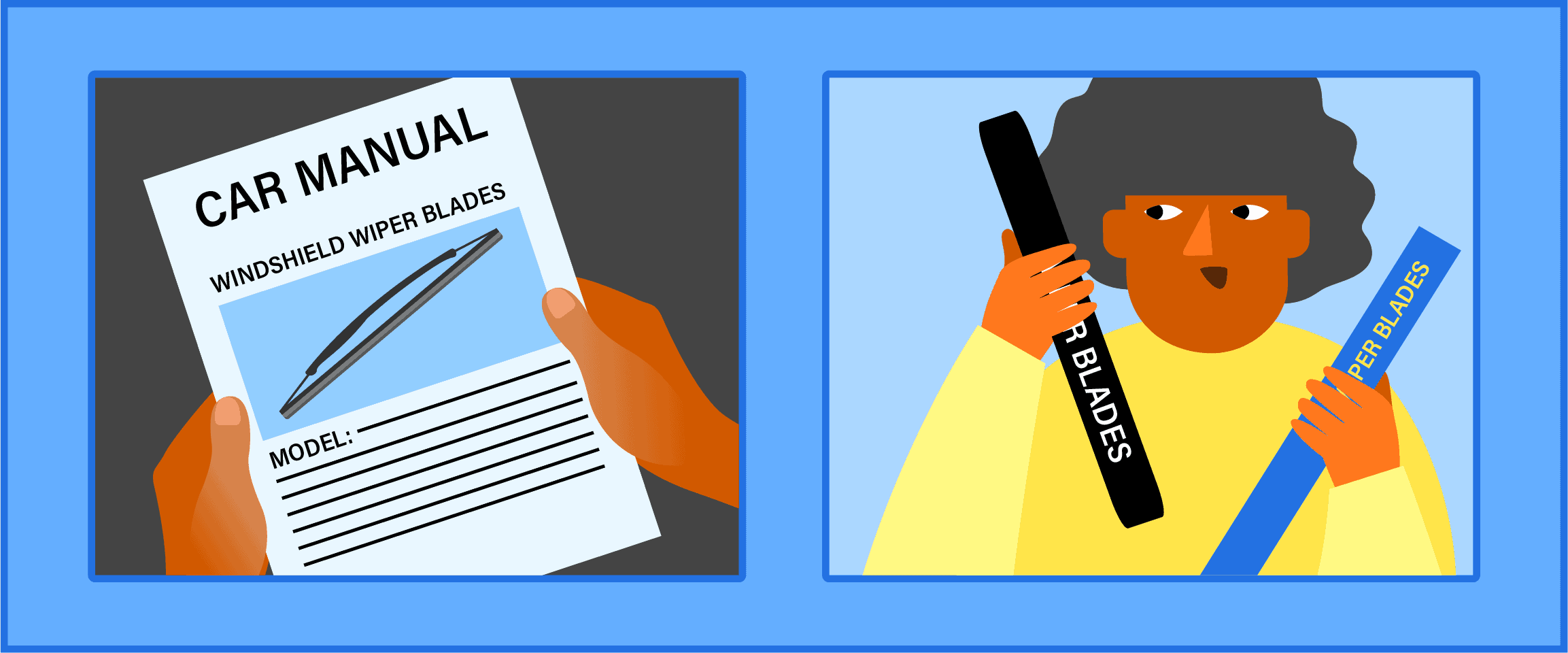
Determining the Perfect Wiper Blades for Your Car
Step 1: Size Matters: To begin with, identify the size of the wiper blades your vehicle needs. The car’s manual typically mentions this. If not, use a measuring tape or ruler to determine the length of your existing wipers. Do note it’s common for vehicles to have different-sized wipers for the driver and passenger side.
Step 2: Material Choice: While the traditional rubber wiper blades are budget-friendly and get the job done, silicone blades offer enhanced durability, noiseless operation, and superior water clearance. The initial investment might be higher, but they generally offer better value over time.
Step 3: Style and Special Features: Consider beam blades if your car has a curved windshield or if you anticipate challenging conditions like ice, snow, or heavy debris. Made of rubber and spring steel, they lack an external frame, making them flexible and effective. Some high-end models also integrate materials like Teflon or graphite, fortifying them against harsh weather.
Step 4: Use Vehicle Filters While Shopping: Platforms like Amazon offer a “Filter by your vehicle” option. This tool streamlines the buying process, ensuring you view only those wipers compatible with your vehicle’s make and model. It’s a time-saving feature that minimizes the risk of purchasing incompatible products.
The Cost of Windshield Wipers and Replacement
Basic Rubber Blades – $10-$20
These are the most common and affordable wipers. Although they get the job done, they may wear out more quickly, especially in extreme weather conditions.
Silicone Blades – $20-$40
More advanced than the basic rubber blades, silicone blades tend to be more durable, provide better water clearance, and can withstand varied weather conditions.
Specialized Blades – $25-$50
These blades are designed with specific conditions in mind, such as winter blades that resist snow and ice buildup.
Premium Blades – $0-$70
These are high-end wiper blades, often with advanced features like beam design or infused materials like Teflon.
Professional vs. DIY for Wiper Replacement
Opting for a professional replacement of windshield wipers typically entails both the cost of the wiper blades and an added labor fee, which can range from $8 to $25. This combined cost can sometimes make professional replacements seem pricier than they need to be, especially when you consider the straightforward nature of the task. On the other hand, going the DIY route limits your expense solely to the wiper blades themselves.
Traffic school can help you keep a clean driving record, prevent insurance increases, and more!
The Best Windshield Wipers
Now that you know how to replace your windshield wiper blades, if you need to purchase new wiper blades to do so, we’ll advise you on which to choose. Here are three of our top recommendations:
1. Rain-X 5079281-2 Latitude 2-IN-1 Water Repellency Wiper Blades
These wiper blades struck a chord with consumers owing to their stellar balance between cost-efficiency and superior performance. They are made of synthetic blended rubber with a graphite-coated edge.
Once in action, the blades distribute this formula across your windshield, providing sustained clarity for months on end. Its universal adaptor further ensures easy installation, suitable for a vast majority of vehicles.
2. Spearhead THUNDER 26″+18″ Hybrid Wiper Blades w/Neoprene Infused Rubber, Outwipes Silicone
These blades have made quite the mark with their unique neoprene-infused natural rubber composition. This innovative blend marries the cold resilience of natural rubber with neoprene’s formidable heat endurance and abrasive resistance.
Classified as “hybrid” blades, they amalgamate a conventional aerodynamic frame with beam blade tension spring technology. This guarantees reduced friction and uniform wiping. Coupled with a six-month warranty, this product resonates with Spearhead’s commitment to excellence.
3. Rain-X 830124 Silicone Endura 24-Inch Wiper Blade
For those inclined to invest a tad more for enhanced longevity, this product is an optimal choice. What sets the Silicone Endura apart is its durable silicone squeegee, promising twice the lifespan of typical natural rubber alternatives.
Whether you’re navigating the chills of -20°F or enduring the sweltering heat of 194°F, these wipers deliver a consistent, streak-free performance. The Uniclick Adapter System accentuates the user experience, simplifying the installation process even for unique wiper arm designs.















